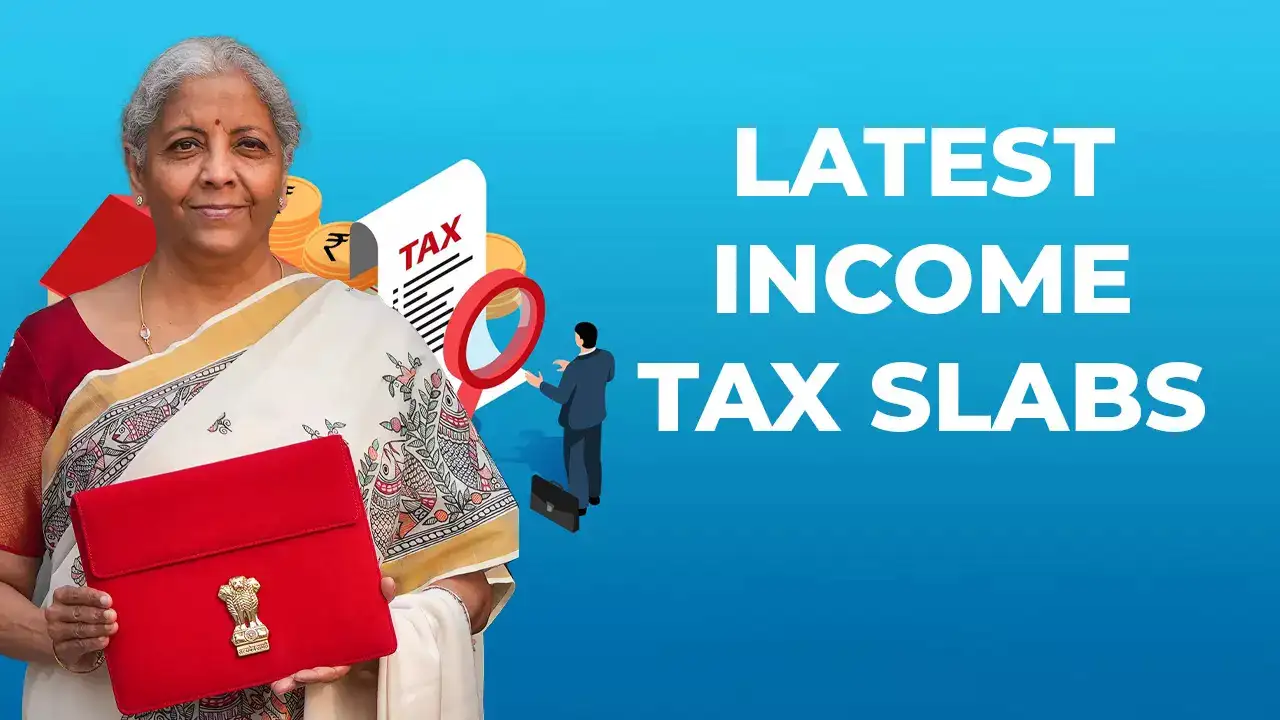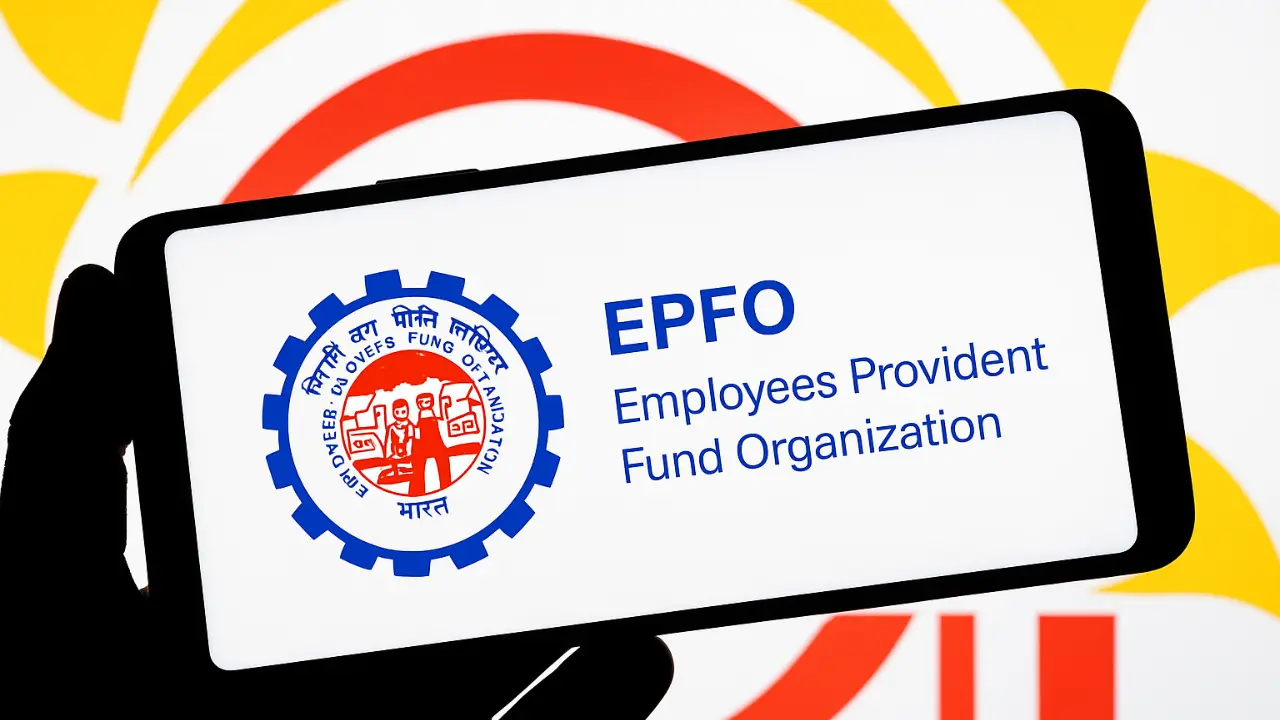New Income Tax Rules From April 2025: How They Impact Salaried Employees
The Indian government is set to introduce new income tax rules from April 2025, bringing significant changes that will impact salaried employees across the country. With revisions in tax slabs, exemptions, and deductions, it’s crucial for taxpayers to stay informed and plan their finances accordingly.
Key Changes in Income Tax Rules for FY 2025-26
1. Revised Tax Slabs Under the New Regime
The government is expected to tweak the new tax regime to encourage more taxpayers to switch from the old regime. Potential changes include:
- Increased basic exemption limit from ₹2.5 lakh to ₹3 lakh.
- Adjustments in income tax slabs to provide relief to middle-income earners.
- Possible further reduction in tax rates for specific brackets.
These changes aim to simplify taxation and boost disposable income for salaried individuals.
2. Standard Deduction and HRA Revisions
- The standard deduction for salaried employees may see a hike from ₹50,000 to ₹75,000, helping to reduce taxable income.
- House Rent Allowance (HRA) exemptions might be restructured to benefit employees living in metro and non-metro cities differently.
3. Changes in Section 80C and 80D Exemptions
- The ₹1.5 lakh limit under Section 80C (for investments in PPF, EPF, NSC, etc.) could be increased to ₹2 lakh.
- Section 80D, which allows deductions for medical insurance premiums, might also get higher exemption limits to encourage health coverage.
4. Higher TDS on High-Income Earners
- Tax Deducted at Source (TDS) rules may change, with higher deduction rates for those earning above ₹50 lakh per annum.
- Employees receiving bonuses or stock options may face new TDS guidelines to ensure compliance.
5. New Capital Gains Tax Rules
- The government is considering a unified capital gains tax structure, which may impact salaried employees investing in stocks, mutual funds, and real estate.
- Indexation benefits on certain long-term investments might be reduced or revised.
Impact on Salaried Employees
1. Higher Take-Home Salary for Middle-Class Earners
With an increase in the basic exemption limit and possible lower tax rates, many salaried individuals will benefit from higher disposable income.
2. Better Tax Saving Options
Enhanced limits under 80C and 80D mean taxpayers can invest more in tax-saving instruments, leading to better financial security.
3. Increased TDS Compliance
High-income earners may see more deductions in their monthly salaries due to stricter TDS norms, requiring better financial planning.
4. Impact on Investments
Changes in capital gains taxation may affect salaried employees who invest in stocks, mutual funds, or real estate, prompting them to rethink investment strategies.
Conclusion
The new income tax rules from April 2025 are expected to ease the tax burden on middle-class salaried employees while ensuring higher compliance for high-income earners. Understanding these changes will help taxpayers optimize tax savings, plan investments, and maximize financial benefits in the new financial year.
Stay updated with the latest tax developments and consult a tax expert for personalized financial planning.


















